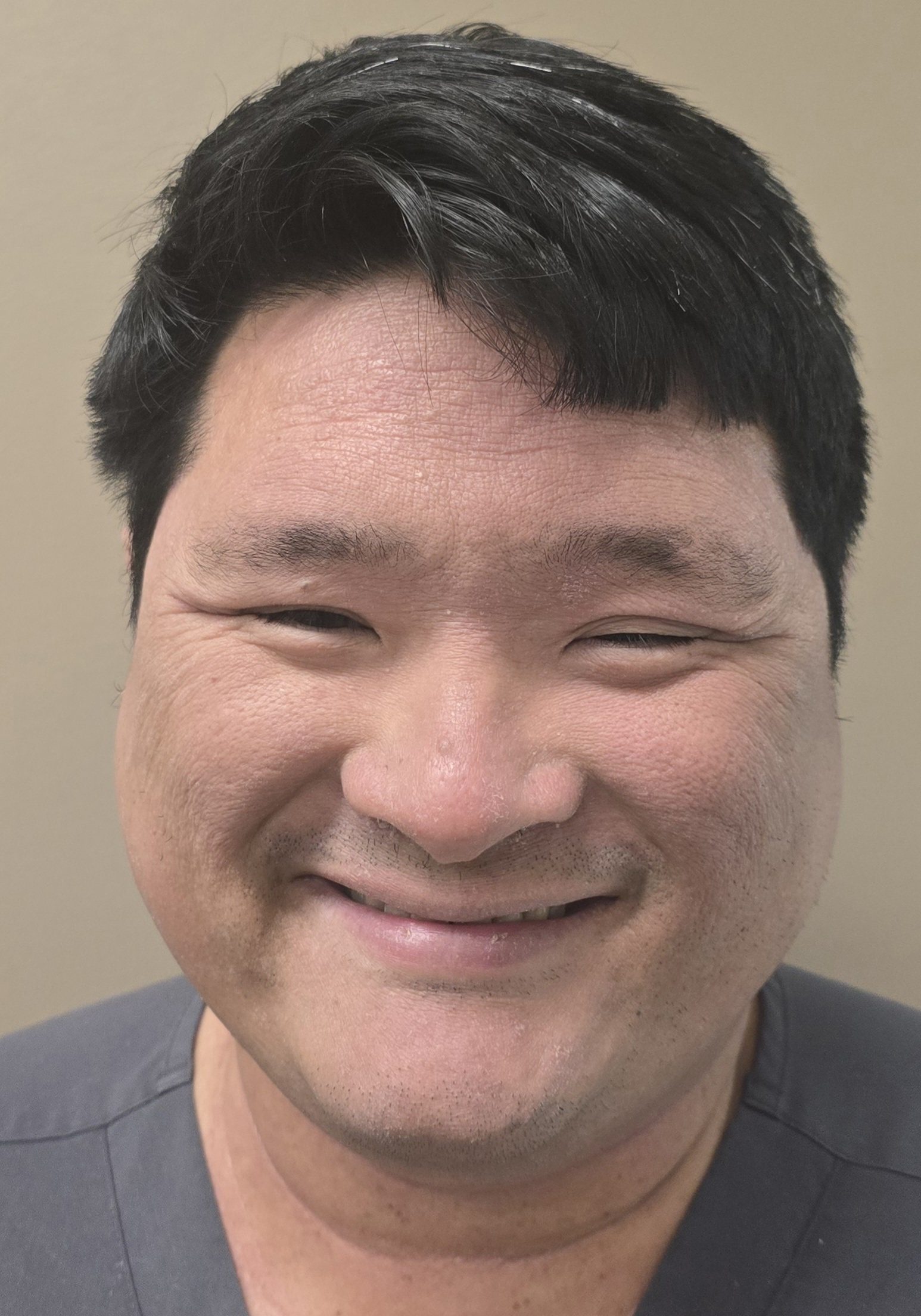Grief-enhanced Trauma-informed Care process(GTC)Grief-enhanced Trauma-informed Care process(GTC)
Other Markers For Traumatic Stress And Grief- Movement Markers
Other Markers For Traumatic Stress And Grief- Movement Markers
Traumatic Stress Disorder, including PTSD, affects not only emotional and cognitive functioning
but also physical movement patterns and motor control. Functional movement abnormalities in
traumatic stress are manifestations of altered neural, muscular, and behavioral processes. These
movement changes result from dysregulation in neural circuits governing motor control,
autonomic responses, and somatic adaptations
Key Points
Motor Dysfunction:
Traumatic stress, including PTSD, disrupts physical movement patterns and motor control due to neural, muscular, and behavioral changes.
Chronic Tension and Movement Abnormalities:
Hypervigilance and heightened arousal often lead to muscle stiffness, restricted movement, and poor coordination, reinforcing stress cycles.
Neural Dysregulation Impact:
Key brain areas like the amygdala and prefrontal cortex, along with autonomic nervous system overactivation, contribute to motor control disruptions.
Maladaptation and Behavioral Avoidance:
Avoidance of trauma-related movements or activities can create compensatory habits, resulting in chronic pain and reduced mobility.
Traumatic stress can profoundly impact the body’s motor system, often leading to hypervigilance, tension, or restricted movement patterns. Individuals with PTSD may exhibit muscle stiffness, involuntary tremors, or an inability to perform fluid, coordinated movements. These motor changes are frequently linked to the body’s heightened state of arousal and readiness for perceived threats. Over time, the repeated activation of the fight-or-flight response can lead to chronic muscle tension and maladaptive movement patterns, which can further reinforce the cycle of stress and discomfort.
The neural dysregulation observed in traumatic stress disorders plays a central role in these movement abnormalities. Key brain regions, influence both emotional regulation and motor control. In individuals with PTSD, hyperactivity in the amygdala coupled with reduced inhibition from the prefrontal cortex can disrupt the smooth execution of motor tasks. This dysregulation may also extend to the autonomic nervous system, causing overactivation of the sympathetic system, which affects muscle tone, coordination, and even posture.
Moreover, behavioral adaptations to traumatic stress can further entrench dysfunctional movement patterns. Individuals may unconsciously avoid certain movements or activities associated with traumatic memories, leading to compensatory behaviors that strain other parts of the body. Over time, these maladaptive habits can contribute to chronic pain, reduced mobility, and a heightened sense of physical vulnerability. Addressing these movement changes through integrative therapies, such as somatic experiencing, physical therapy, and trauma-focused interventions, can help restore functional motor control and improve overall well-being.
References
1. Germain, A., et al. (2008). Sleep and motor dysregulation in PTSD. Sleep Medicine Reviews.
2. Hagenaars, M. A., et al. (2014). Freezing behavior in trauma-exposed individuals. Journal of Anxiety Disorders.
3. Begic, D., et al. (2001). Cortical hyperactivation in PTSD. Psychophysiology.
4. Voon, V., et al. (2016). Functional movement disorders in trauma survivors. Lancet Neurology.
5. Shin, L. M., et al. (2006). Neurocircuitry of PTSD and motor responses. Biological Psychiatry.









